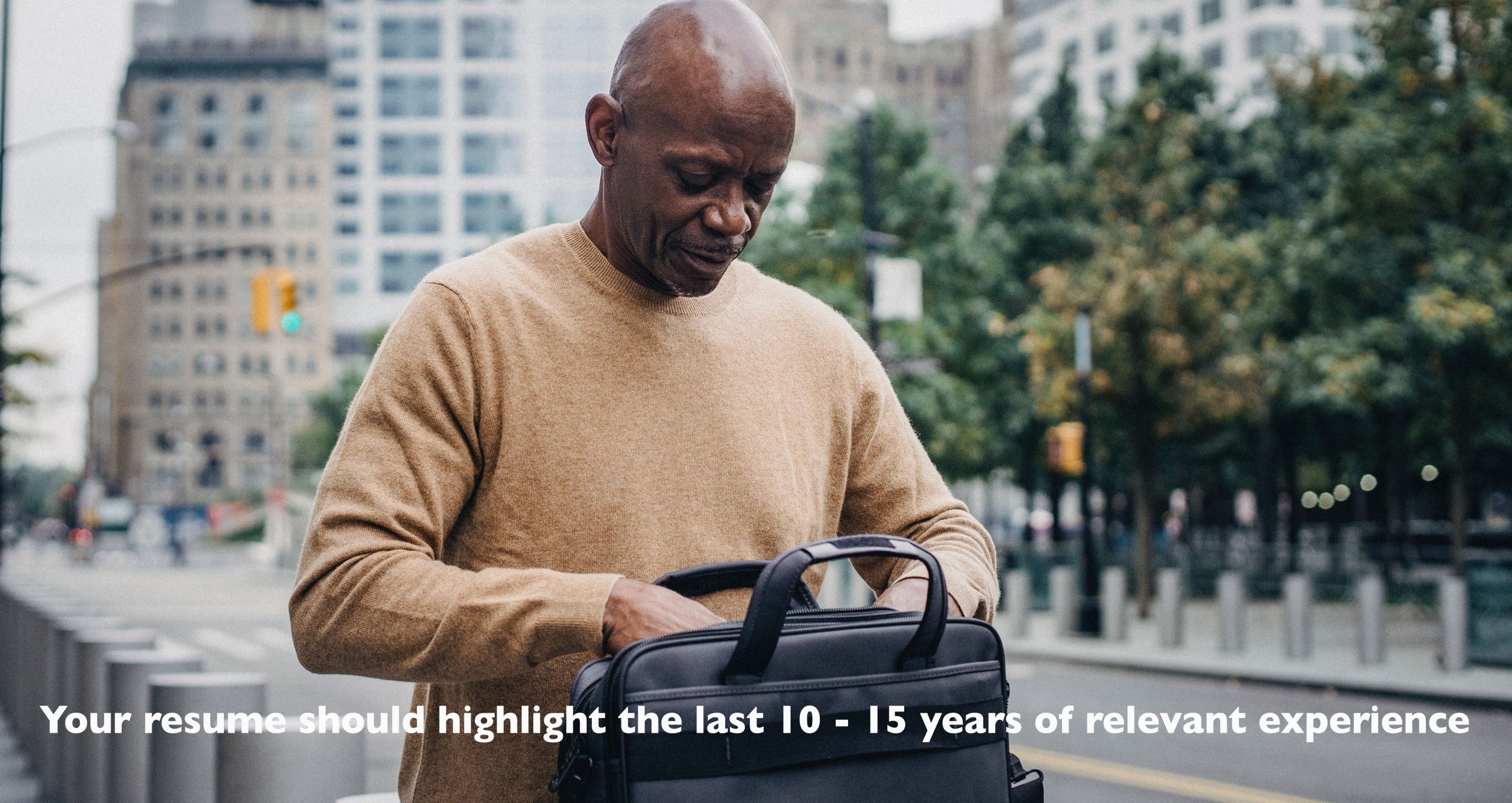Finding a new job is never easy, especially when you are over 50. According to the U.S. Bureau of Labor Statistics the average time it takes for someone over 55 to find a new job is 10 months, but don’t let that discourage you.
Here are five things you can do to help reduce that time.
1. Keep your skills up to date:
While you are looking for a new job, make sure you know what skills or certifications you need for that position. If your skills are not up to date you should be working on the skills you need to land your next job. Being able to demonstrate what you know about technology, such as listing any professional networks you to; is one way to let employers know you are keeping up with the times.
Employers like to know if you are taking a class to help improve your skills. It also shows you are still interested in actively learning and not “set in your ways”.
2. Network:
Having contacts at a company you would like to work for is one of the best ways to get hired. Many companies will interview someone that a current employee is willing to vouch for. That is one of the reasons many companies have employee referral programs. If you do get the job you should remember to thank the person in your network who referred you.
You are older and that means you have had years to develop your network. Tapping into it isn’t as hard as you think, asking friends and colleagues for leads is a good place to start. Remember you are not asking them to hire you, you are asking them for advice, they may know of companies hiring or growing in your field.
You may also be able to gain some insight on which companies they would avoid. Remember there may be a reason certain companies are always looking for help.
According to the U.S. Bureau of Labor Statistics the average time for someone over 55 is 10 months
3. Shorten your resume:
You don’t need to include every job you have ever had. For some people that could make a very long resume, and hiring managers are busy. If a hiring manager sees a resume that is more than two pages they probably won’t even look at it.
When looking at resumes, hiring managers usually spend a few seconds skimming a resume before deciding if they want to know more or put it in the rejection pile.
Make your resume as concise as possible, focus on your skills that are relevant to the position you are applying for. Your resume should highlight the last 10 – 15 years of relevant experience. Don’t forget to include any achievements and the new skills you are currently working on.
4. Use job sites that are geared to older workers:
If you want to improve your chances of getting hired don’t just limit yourself to the typical job search sites. There are several job search sites that help match you with employers who are looking to hire older workers.
RetiredBrains.com: For job seekers who are older seniors and retirees
RetirementJobs.com: For job seekers 50 and over
Workforce50.com: For job seekers 50 and over
Seniors4hire: For job seekers 50 and over
Some sites offer (for a fee), resume assistance as well as training and coaching for people getting back into the workforce.
5. Optimize Your Resume
More than 40 percent of U.S. employers currently use chatbots to engage with candidates during recruitment. Meaning many businesses use robots to take the first “look” at your resume. According to Oracle, a chatbot is a computer program that simulates and processes human conversation (either written or spoken), allowing humans to interact with digital devices as if they were communicating with a real person.
So if your resume isn’t formatted correctly it may never get looked at by a human being. Your resume is scanned by computer software to see if your skills match the job description. Many candidates don’t make it past this first step.
To increase your chances of getting by this step try to customize your resume to fit the job you are applying for. Use the exact phrases and keywords that are used in the job description. Also, use common words in your headings, such as education and work experience.
Another way to optimize your resume is to format it so it is skimmable, which means keep it simple and easy to read. Some things to mention, Using the right font matters, to reduce the chance of scanning errors try using an 11 pt san-serif font, such as Arial. Also, use bullet points when listing information on your resume; tables can get jumbled when being scanned by the program.
Make sure you have someone proofread your resume. If your qualifications get past the robot, you don’t want poor grammar to stop you from getting an interview. Find a friend to take a look at your resume, a fresh pair of eyes is always good when looking for mistakes.
Don’t trust your spelling and grammar to the spell checker on your computer. A good tool to try is Grammarly. It checks your document for spelling and grammar mistakes and also evaluates sentences that may be difficult to read. (We check our articles with it! – Editor)
Remember, looking for a new job may take a while so don’t put off starting your job search. Once you find what you’re looking for, be ready to apply. Lastly, when looking for a new job after 50, embrace your age. Highlight your years of experience, you earned them and you should use them to your advantage.
